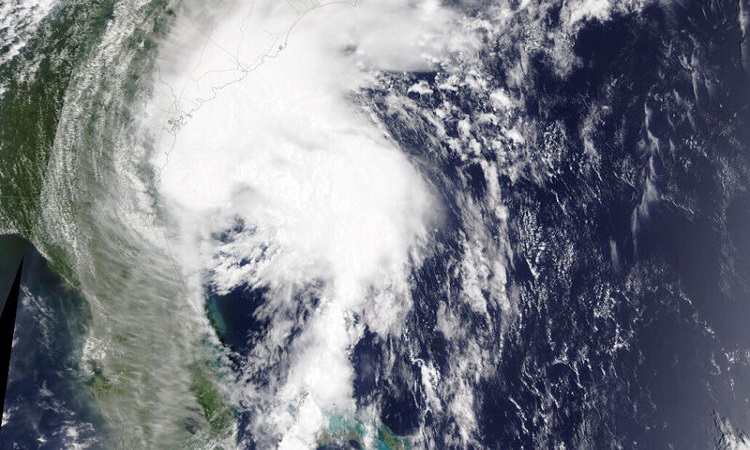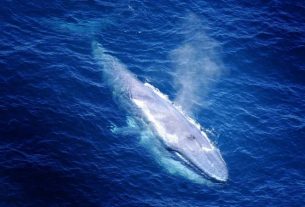A new Atlantic hurricane season in 2021 could replicate the record in 2020 when there were 31 tropical and subtropical cyclones, 30 storms, 14 hurricanes and 7 major hurricanes. This was announced by the United States National Oceanic and Atmospheric Administration (NOAA) at a conference on May 20, 2021.
NOAA’s forecast for the Atlantic hurricane season, which lasts from June 1 to November 30, predicts 13 to 20 named storms. Also, six out of 10 can become hurricanes and three to five into major category 3 or higher tornadoes.
According to NOAA data, the average number of hurricanes has increased over time, in 1981-2010 the average number of storms was 12 named and six vortices. Now, with data updated from 1991 to 2020, the average is 14 named storms and seven hurricanes.
In addition, the United States Oceanic and Atmospheric Administration declared that there is a 60 percent probability that this season will be more hectic than normal and only 10 percent will have less activity than usual. “Typhoons of category 3 to 5 will be of great intensity reaching winds exceeding 177 km / h.”
Matthew Rosencrans, the agency’s chief meteorologist, explained that the season looks hectic, due to the warmer waters whose effect promotes the formation of storms, reduction of crosswinds and undermines the strength of meteors. In addition, he added that this year there will be no “El Niño” phenomenon, which naturally heats the central Pacific temporarily, appeasing typhoon activity in the Atlantic.
Rosencrans, also stated that the waters of the Atlantic are almost 0.38 degrees Celsius, a temperature warmer than usual. Although not as warm as in 2020, when the temperature was 0.56 degrees Celsius higher than usual.
It should be noted, the Munich RE insurance company noted that, in 2020, six of the costliest natural disasters occurred in the United States. Only Hurricane Laura caused economic losses of 13 million dollars, of which 10 million were insured.
With information from NOAA, 30 named storms were recorded in 2020, so many that meteorologists ran out of names and began assigning them letters of the Greek alphabet for identification. This year, meteorologists decided to scrap the Greek alphabet after the normal list of names was exhausted.

Email: ben@satprwire.com Phone: +44 20 4732 1985
Ben has been listening to the technology news for quite some time that he needs just a single read to get an idea surrounding the topic. Ben is our go-to choice for in-depth reviews as well as the normal articles we cover on a normal basis.



